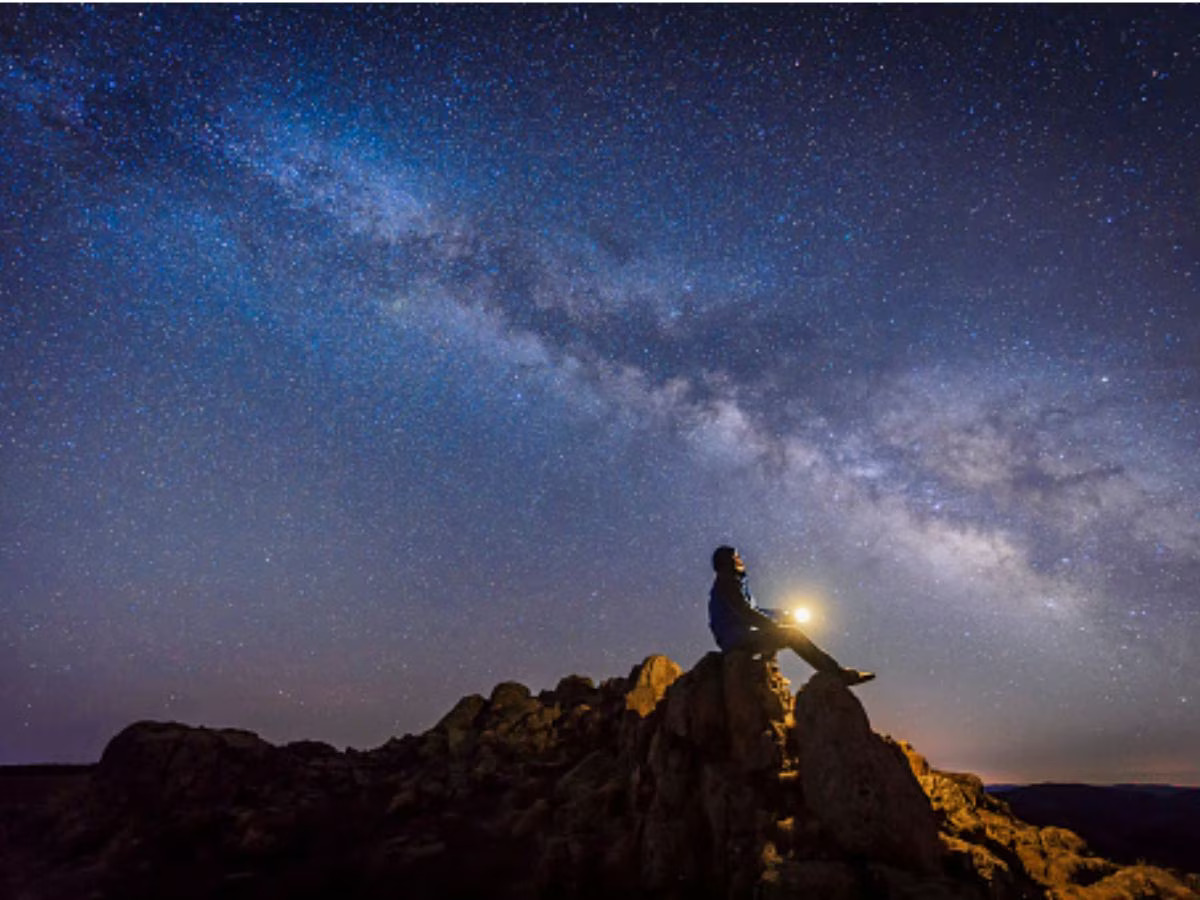India is home to many natural wonders, but few are as spectacular as the night sky in Hanle, a remote village in Ladakh. Hanle is the site of India’s first dark sky reserve, a protected area where artificial light pollution is minimal and the stars shine brightly. The dark sky reserve was established in 2019 by the Indian Institute of Astrophysics (IIA) and the Ladakh Autonomous Hill Development Council (LAHDC) to promote astronomy and ecotourism in the region.
Hanley recently hosted a star party under the Milky Way on October 15, 2023 to celebrate the dark sky reserve and raise awareness about its importance. The star party was organized by the IIA, the LAHDC, and the Sky Watchers Association of Ladakh (SWAL), a local NGO that works to educate people about astronomy and preserve the dark sky culture of Ladakh. The star party was attended by over 200 people, including locals, tourists, students, teachers, officials, and media persons.
The party began with a welcome speech by Dr. Shashi Bhushan Pandey, the director of the Indian Astronomical Observatory (IAO) in Hanle, which is part of the IIA. Dr. Pandey explained the significance of the dark sky reserve and its benefits for science, education, tourism, and culture. He also highlighted the challenges faced by the dark sky reserve, such as light pollution from nearby villages and military camps, and appealed to everyone to support the conservation efforts.
After the speech, the participants were divided into groups and guided by SWAL volunteers to different locations in and around Hanle, where they could observe various celestial objects through telescopes and binoculars. Some of the objects that were visible that night included planets like Jupiter, Saturn, Mars, and Venus; constellations like Orion, Cassiopeia, Ursa Major, and Scorpius; star clusters like Pleiades and Hyades; nebulae like Orion Nebula and Lagoon Nebula; and galaxies like Andromeda Galaxy and Triangulum Galaxy.
The highlight of the night was the Milky Way, which was clearly visible as a bright band across the sky. The star party also featured cultural performances by local artists, who sang and danced to traditional Ladakhi songs.
The UT Ladakh administration plans to make the HDSR Star Party an annual event.









